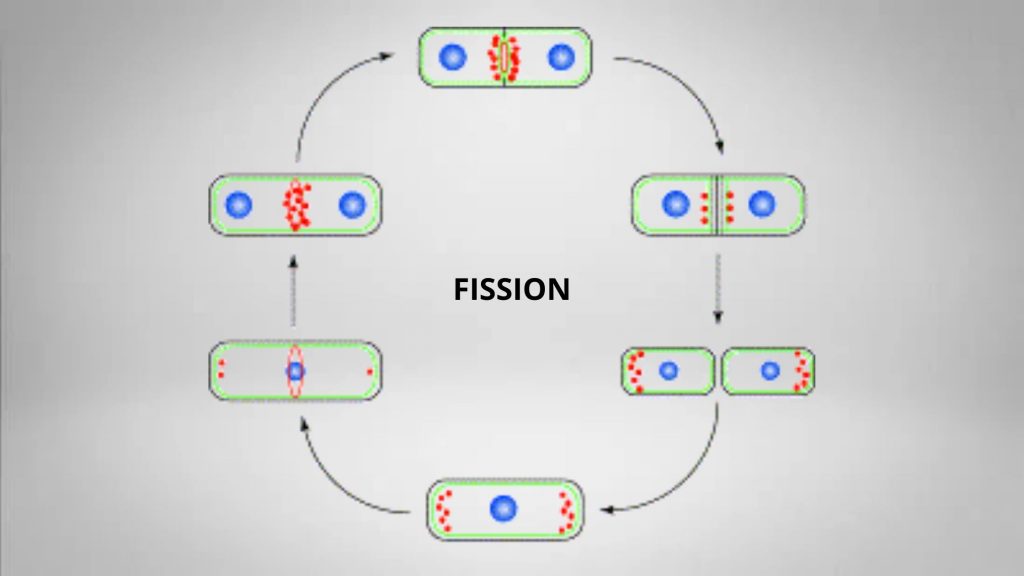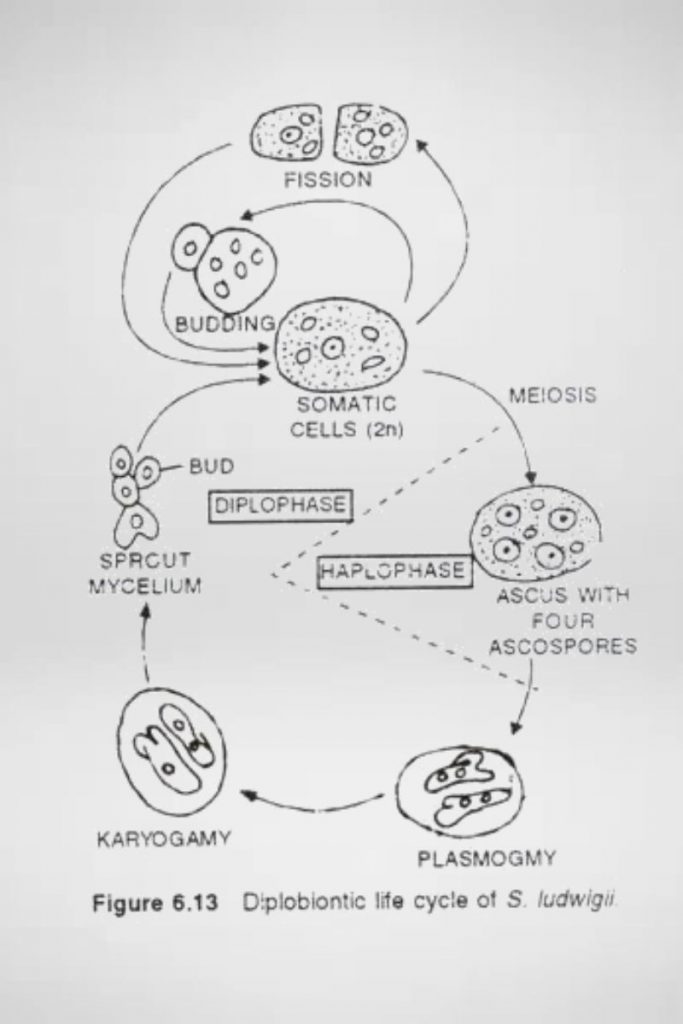| Kingdom | Fungi |
| Division | Ascomycota |
| Class | Schizosaccharomycetes |
| Order | Schizosaccharomycetales |
| Family | Schizosaccharomycetaceae |
| Genus | Schizosaccharomyces |
| Species | S. cryophilus S. japonicus S. octosporus S. pombe |
Schizosaccharomyces Morphology
- It is a genus of fission yeasts.
- There are present four species of Schizosaccharomyces such as S. pombe, S. japonicus, S. octosporus and S. cryophilus.
- Schizosaccharomyces also known as “fission yeast” and mainly used for brewing and as a model organism in molecular and cell biology.
- It is rod-shaped, unicellular eukaryotic cell. The size of Schizosaccharomyces varies from 3 to 4 micrometers in diameter and 7 to 14 micrometers in length.
- The genome of Schizosaccharomyces contains approximately 14.1 million base pairs. It is estimated that it has 4,970 protein-coding genes and at least 450 non-coding RNAs.
- They grow through the cell tips and divide by medial fission.
- All fission yeast belongs to this genus.
- They follow transverse division and ascospore formation for their reproduction.
- The most widely studied species is S. octosporus, which is isolated from currants and honey.
- The cells of S. octosporus is globose to cylindrical, uninucleate and haploid.
- S. pombes is a type of fermenting yeast used for beer fermentation. It mainly isolated from molasses and from grape juice.
- S. versatillis is isolated from grape juice, grows like a yeast, but it can also form a true mycellium.
Reproduction or life cycle of Schizosaccharomyces
The S. octosporous contain a haploid somatic cell. During the favorable condition, cells undergo through asexual cycle known as fission and haplobiontic sexual cycle.
Fission of Schizosaccharomyces
The parent cell is first started to elongate, meanwhile during this time the nucleus divides through intranuclear spindle formation and develops two daughter nuclei. Now, a transverse septum is formed centripetally and divide the parent cell into two new daughter cell.

Haplobiontic cycle
In this method, the haploid somatic cells are well represented, while the diploid phase is represented by a short zygote. In presence of unfavorable conditions, the somatic cells come in close contact and initiate the conjugation process.
Now, two conjugating cells are fuse to develop a diploid zygote cell that functions as an ascus. The zygote enters in meiosis followed by the mitosis process to form eight ascospores. The ascospores on freeing grow into somatic cells.

Life cycle of Saccharomycodes ludwigii
S. ludwigii contains diploid (2n) somatic cells. The asexual reproduction of S. ludwigii is followed by both budding and fission whereas the sexual cycle is diplobiontic.
The diplobiontic cycle of Saccharomycodes ludwigii
In this method the diploid somatic cells act as ascus and developed four haploid ascospores. The ascospores are the only haploid phase of the life cycle. The ascospores fuse in pairs within the ascus to develop two diploid cells.
The diploid cells are germinated with the help of a germ tube pierce the ascus wall and function like a sprout mycelium. The diploid somatic cells are formed by the budding process from it.

In addition to the above given methods of sexual reproduction the following methods are found:
Adelphogamy
In this method, Copulation occurs between two adjacent sister cells. This is isogamous and the cells that fuse do not separate after fission but live united to create short chains.
Pedogamy
In this method, Copulation occurs between the mother and the daughter cell which are developed by budding. The nucleus of the bud transfers into the mother while the daughter remains connected to the mother cell. An outgrowth occurs at the opposing end of the parent cell.
Both the nuclei come in close contact and fuse. The fusion nucleus undergoes two divisions one being reduction division. Four nuclei is formed among them three degenerate and only one forms the ascospore. It is a type of anisogamous reproduction which mainly occurs within Zygo- saccharomyces chevalieri.
Parthenogamy
In this method, asci are developed without involving the copulation of two cells.
- Text Highlighting: Select any text in the post content to highlight it
- Text Annotation: Select text and add comments with annotations
- Comment Management: Edit or delete your own comments
- Highlight Management: Remove your own highlights
How to use: Simply select any text in the post content above, and you'll see annotation options. Login here or create an account to get started.